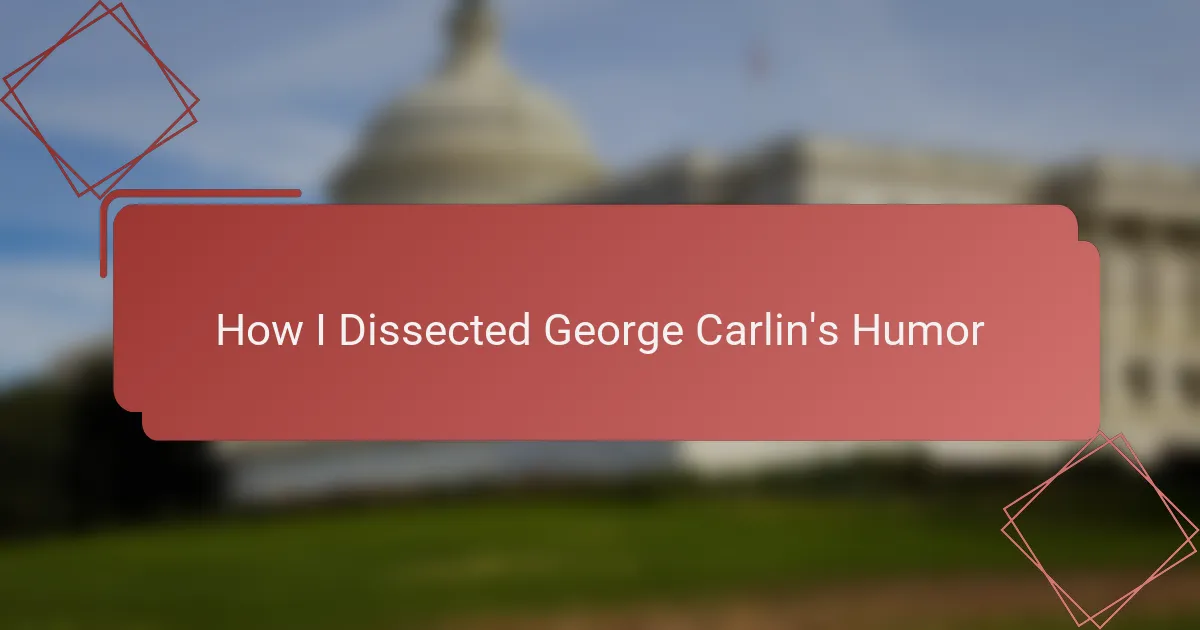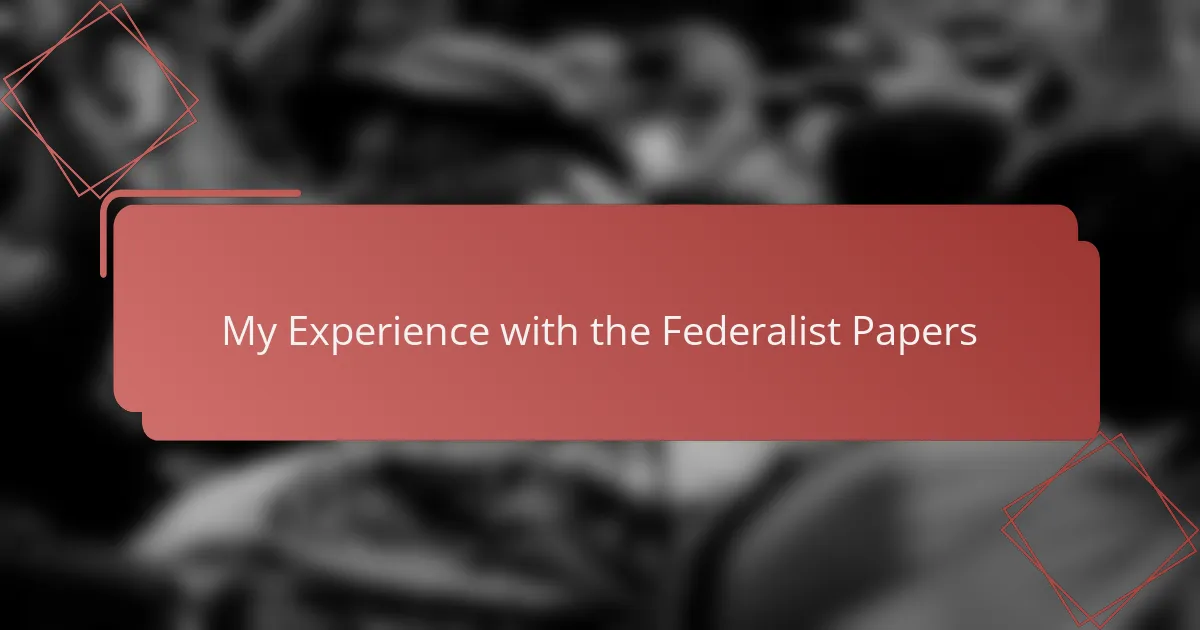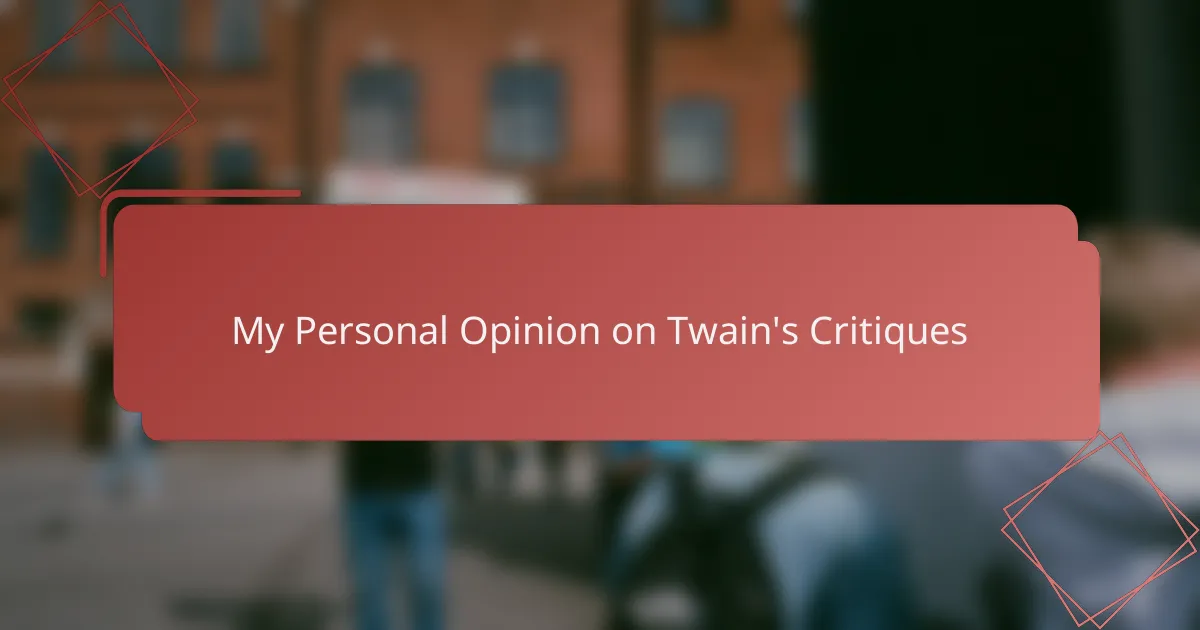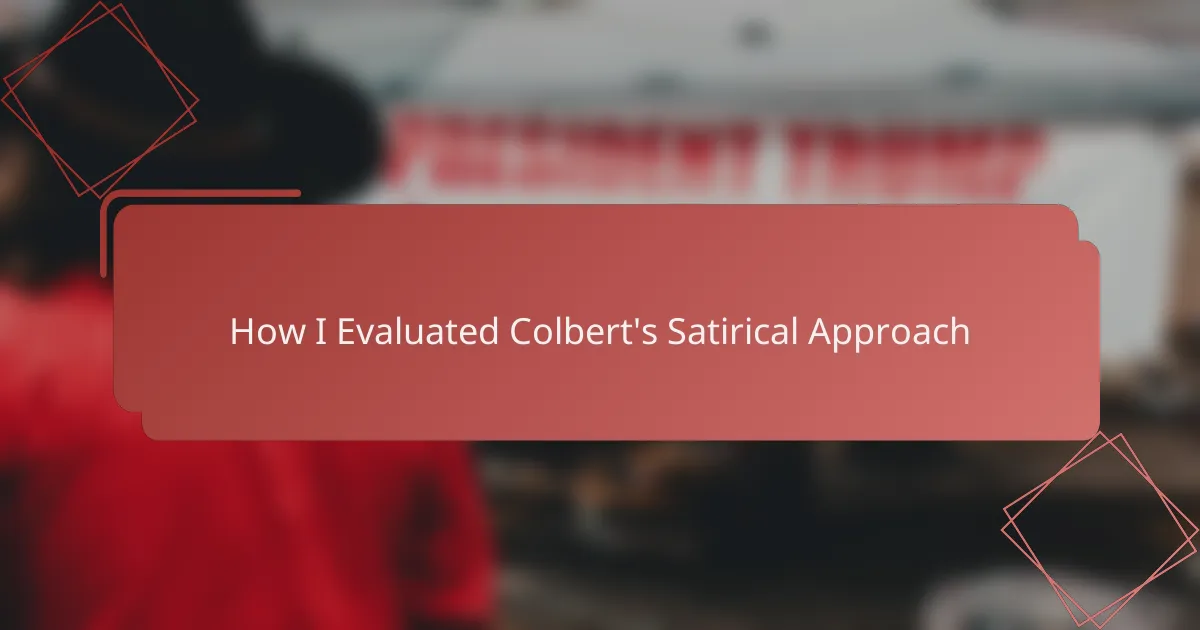Key takeaways
- Political satire effectively uses humor to challenge authority and provoke thought on complex issues.
- George Carlin’s unique style combined fearless delivery with sharp language critique, exposing societal contradictions.
- His humor often revolved around key themes such as language manipulation, distrust of authority, and social taboos.
- Carlin’s techniques, including irony and escalation, allowed for impactful political messages that encouraged independent thinking.

Understanding Political Satire Basics
Political satire, at its core, is a sharp tool that exposes the absurdities and contradictions within politics through humor. I’ve always found that understanding this is key to appreciating how someone like George Carlin crafted his jokes—not just to entertain, but to provoke thought.
What fascinates me most is how satire blends comedy with criticism, often making complex political issues more accessible. When did you last laugh and suddenly realize you were also reconsidering your viewpoint? That’s the power of political satire at work.
From my experience, grasping the basics of satire means recognizing its intent to challenge authority and social norms without resorting to direct confrontation. It’s a subtle dance between pushing boundaries and inviting reflection, something Carlin mastered brilliantly.
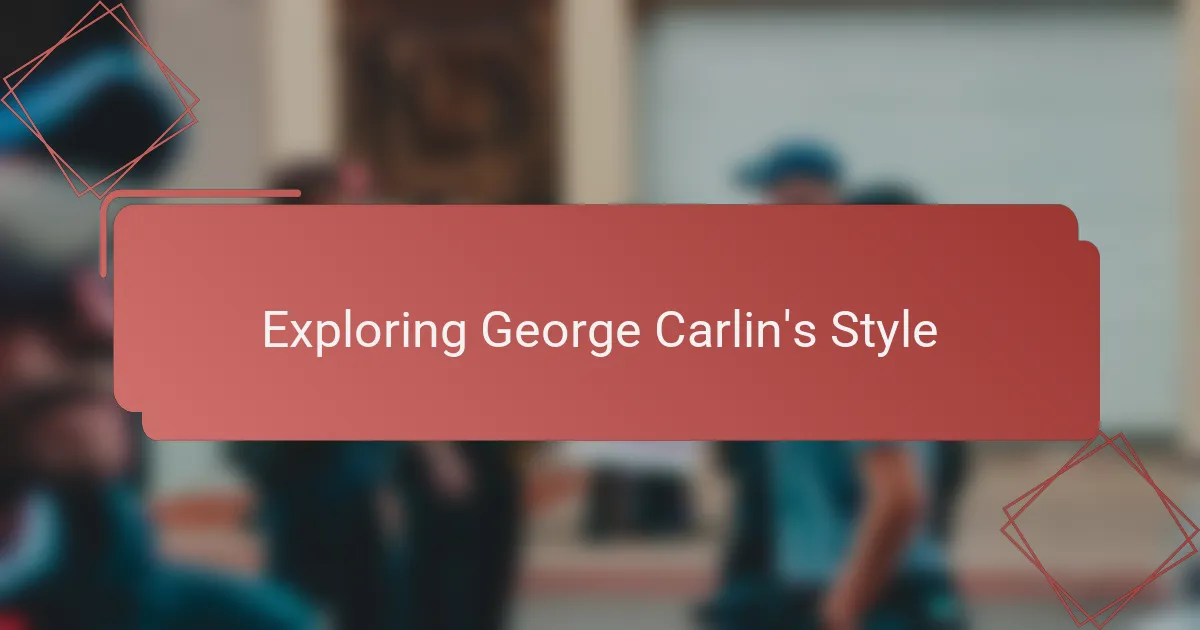
Exploring George Carlin’s Style
George Carlin’s style struck me as uniquely fearless. His delivery wasn’t just about the words; it was the rhythm, the pauses, the build-up that made his punchlines hit harder. Have you ever noticed how he could take a normal conversation and twist it into something wildly unexpected? That’s a skill not many comedians possess.
What really stands out to me is his use of language. Carlin dissected everyday phrases and taboos, exposing their hidden absurdities. I remember feeling both shocked and enlightened the first time I realized how he could use profanity not just for shock value, but as a precise tool to challenge societal norms.
His humor wasn’t just funny; it was a mirror reflecting uncomfortable truths. I’ve often thought about how this approach demands courage—not only to say what others won’t but to risk offending people while shining a light on hypocrisy. Isn’t that the hallmark of truly impactful satire?
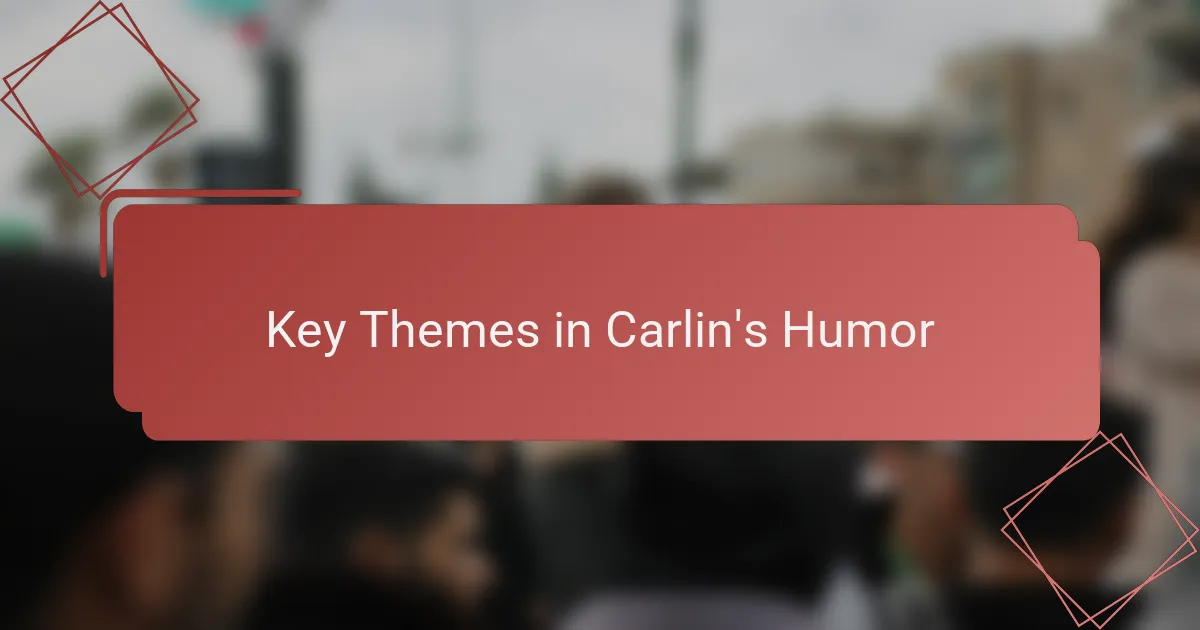
Key Themes in Carlin’s Humor
One theme that always struck me in Carlin’s humor is his relentless critique of language itself. He didn’t just poke fun at words; he deconstructed how society uses language to deceive or control. I remember laughing out loud when he unmasked the euphemisms people cling to—like how “downsizing” really means firing—but then feeling a little unsettled because it exposed how easily we accept soft lies.
Another key theme was Carlin’s distrust of authority and institutions. His jokes peeled back the polished surfaces of government, religion, and media, revealing the chaos and contradictions underneath. Have you ever caught yourself cringing while laughing at a joke that felt too close to the uncomfortable truth? That tension is exactly what made his satire so powerful and thought-provoking for me.
Lastly, I think Carlin’s exploration of social taboos resonated deeply with me. He challenged not just politicians, but the unwritten rules that govern everyday behavior—things we often avoid discussing openly. His fearless questioning invited me to reconsider why we accept certain “norms” without question, making his humor both shocking and incredibly liberating.
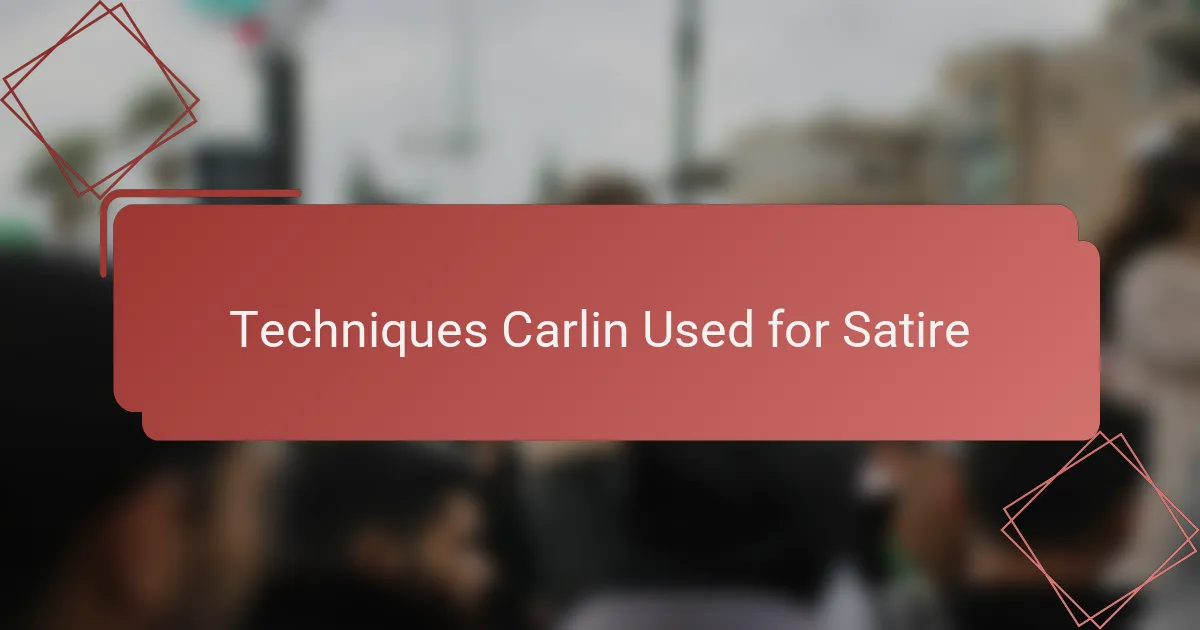
Techniques Carlin Used for Satire
Carlin’s mastery of satire, to me, lies in how he used irony with surgical precision. He didn’t just say something funny; he flipped expectations so sharply that the humor revealed deep contradictions in society. Have you ever caught yourself laughing and then pausing because the joke suddenly felt uncomfortably true? That’s exactly the effect he was going for.
I’ve noticed that Carlin’s use of repetition and escalation made his points hit harder each time. By circling back to a phrase or idea and then pushing it further, he built a rhythm that felt almost hypnotic—drawing listeners in before delivering a knockout punchline. It’s a technique that feels natural when done well, but from experience, it takes real skill to pull off without losing the audience.
What really intrigues me is how Carlin balanced bluntness with clever wordplay. His satire wasn’t just about being provocative; it was about making you think through the layers of meaning he packed into every line. I often find myself replaying his bits mentally, unpacking the nuances that made his humor stick long after the laughter fades.
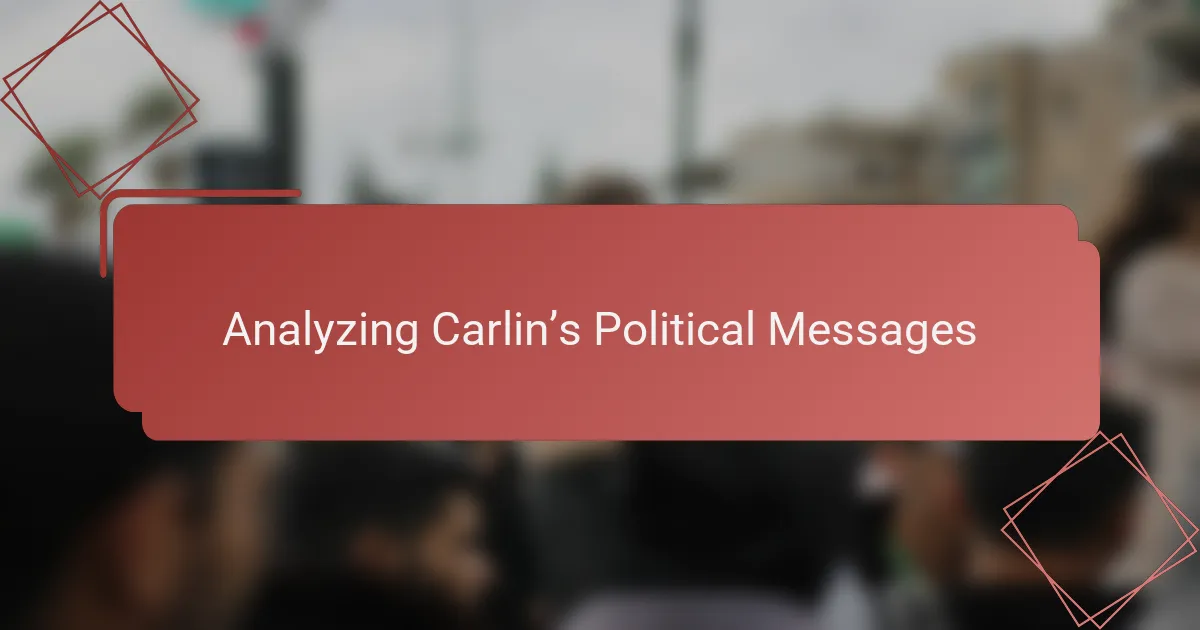
Analyzing Carlin’s Political Messages
George Carlin’s political messages always felt like a wake-up call to me. His ability to cut through the noise and expose hypocrisy wasn’t just clever—it stirred a kind of frustration that made me question what I accepted as normal. I remember watching one of his routines where he mocked political double-speak, and it hit me how often leaders dodge real issues by twisting words rather than taking responsibility.
What makes Carlin’s political humor so effective is his fearless honesty combined with sharp wit. He didn’t just criticize politicians; he challenged systems of power and societal complacency, which is why his material still resonates. Here are some core elements I’ve uncovered in his approach:
- Unflinching skepticism toward authority figures
- Use of irony to highlight contradictions in political rhetoric
- Amplification of societal injustices through exaggerated scenarios
- Mastery of timing to turn uncomfortable truths into memorable punchlines
- Encouragement for the audience to think independently, not just laugh along
These points reveal why Carlin’s humor goes beyond entertainment—it’s a powerful tool for political awareness.
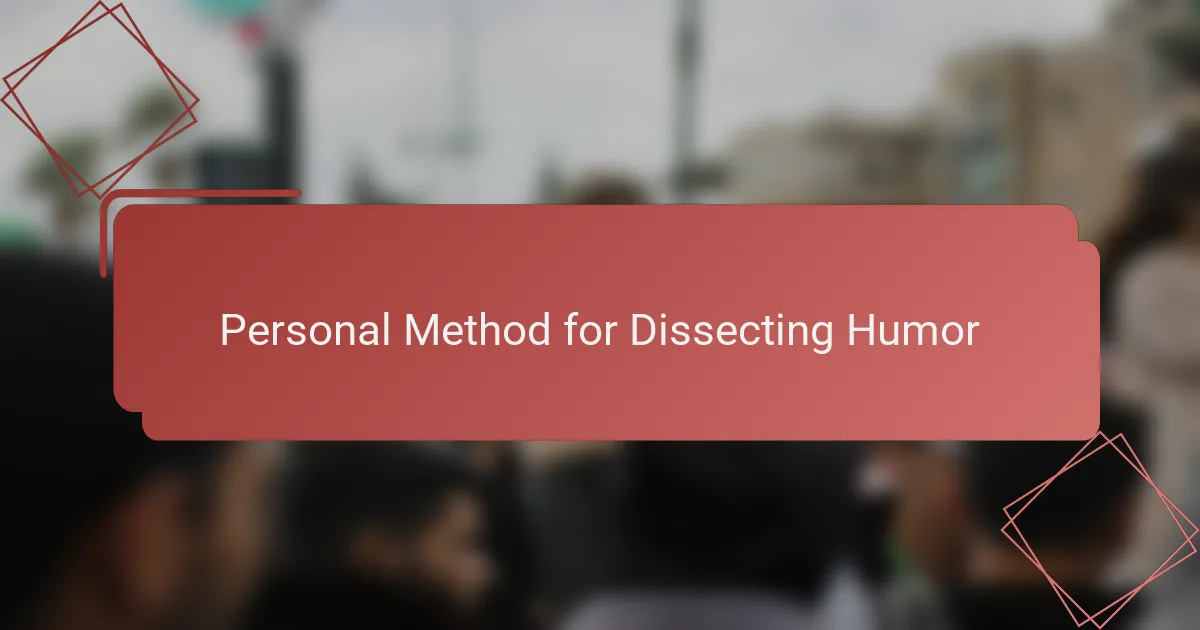
Personal Method for Dissecting Humor
When I first set out to dissect George Carlin’s humor, I realized that understanding his rhythm and word choice was crucial. I found myself rewatching his performances, not just for laughs but to catch the layers beneath his punchlines. There’s an emotional nuance in how he challenges authority that only becomes clear when you slow down and analyze his delivery.
What worked best for me was breaking his routines into themes and spotting recurring motifs like language critique or societal hypocrisy. Here’s how I approached it:
- Listened deeply to tone and pauses to grasp subtleties
- Identified key themes such as political frustration and taboo subjects
- Noted his use of sharp wordplay and irony to mask serious commentary
- Reflected on my emotional reactions to gauge which jokes hit hardest
- Compared his humor’s impact across different eras to understand its evolving relevance
